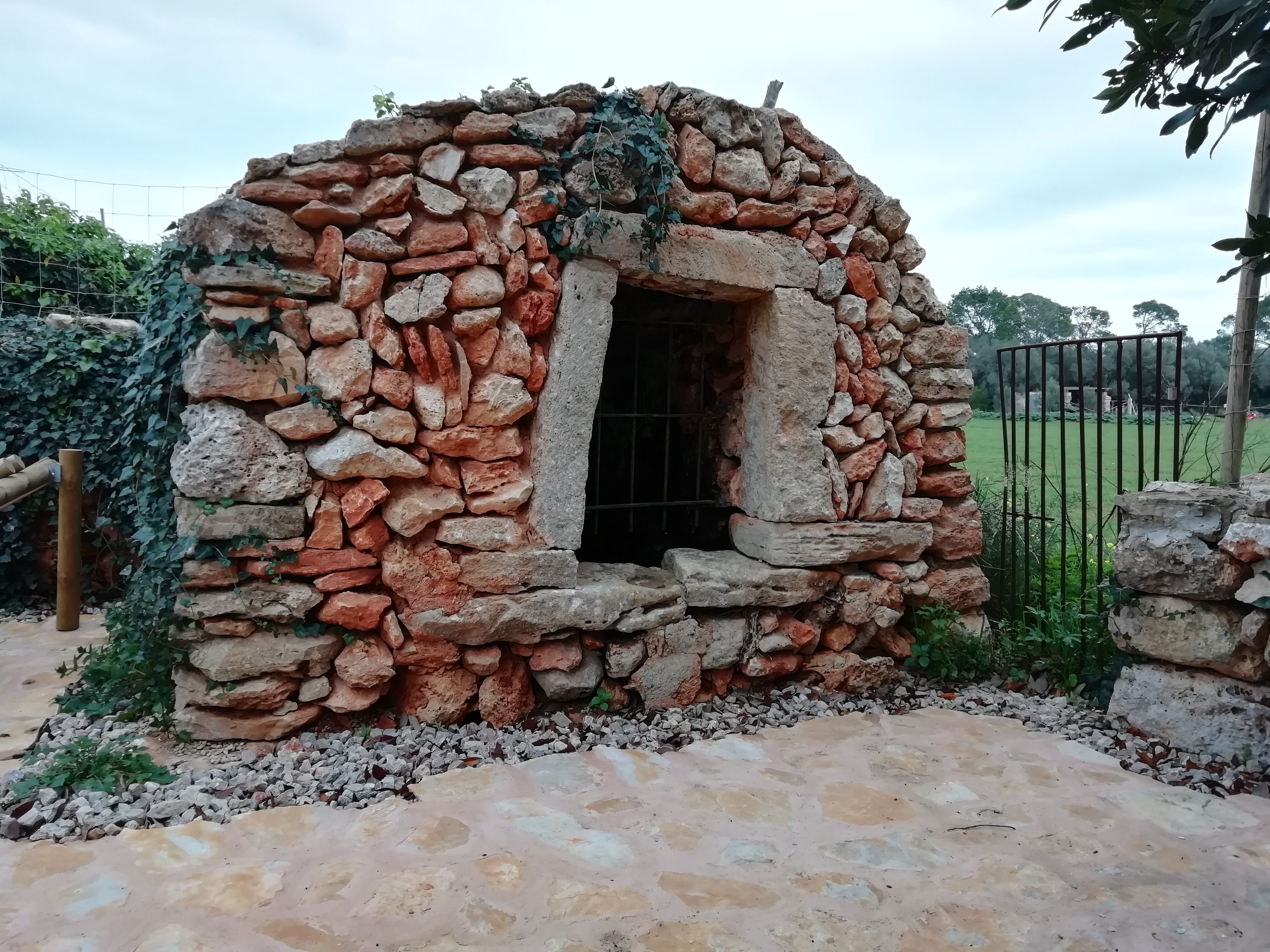
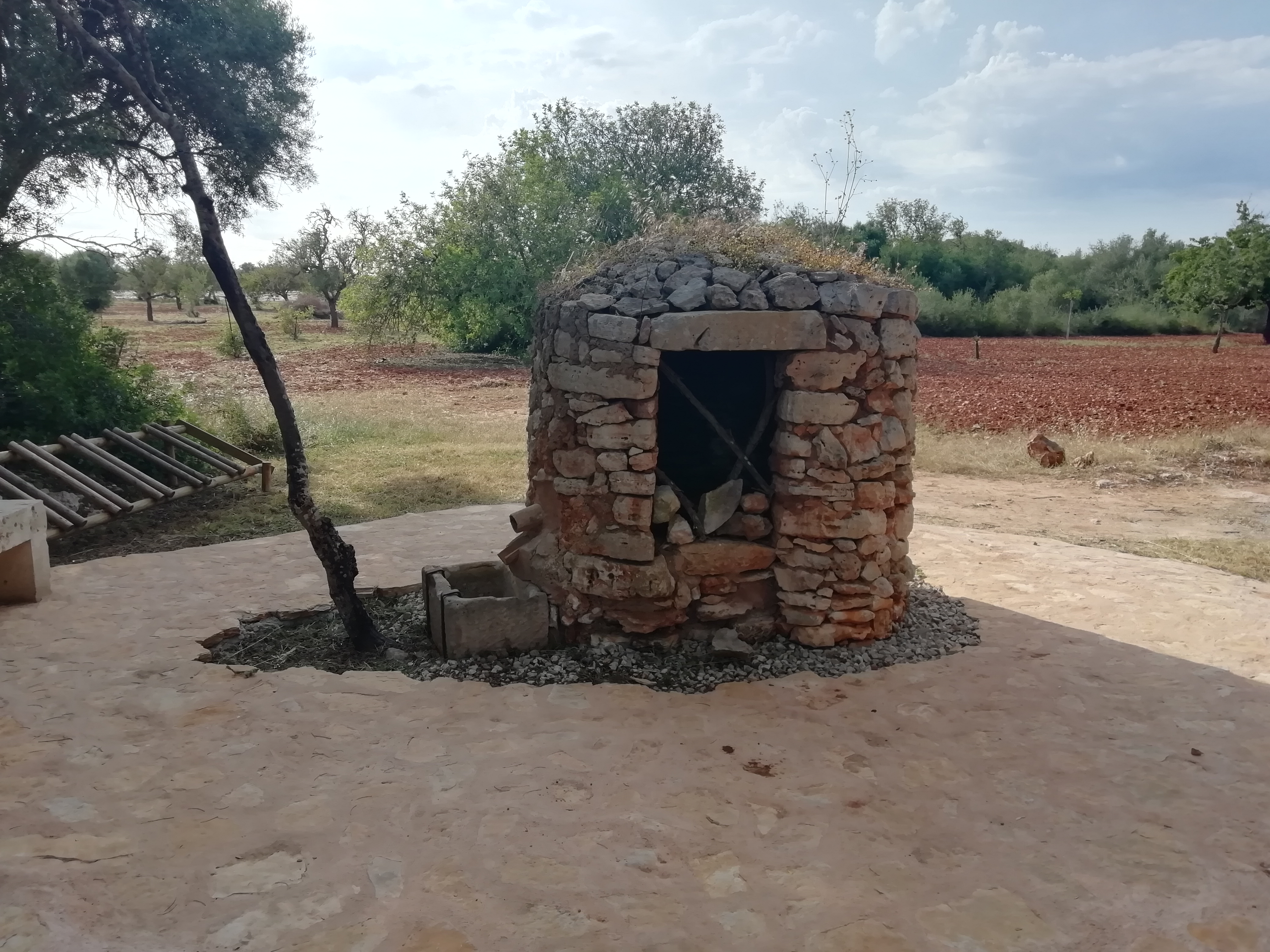
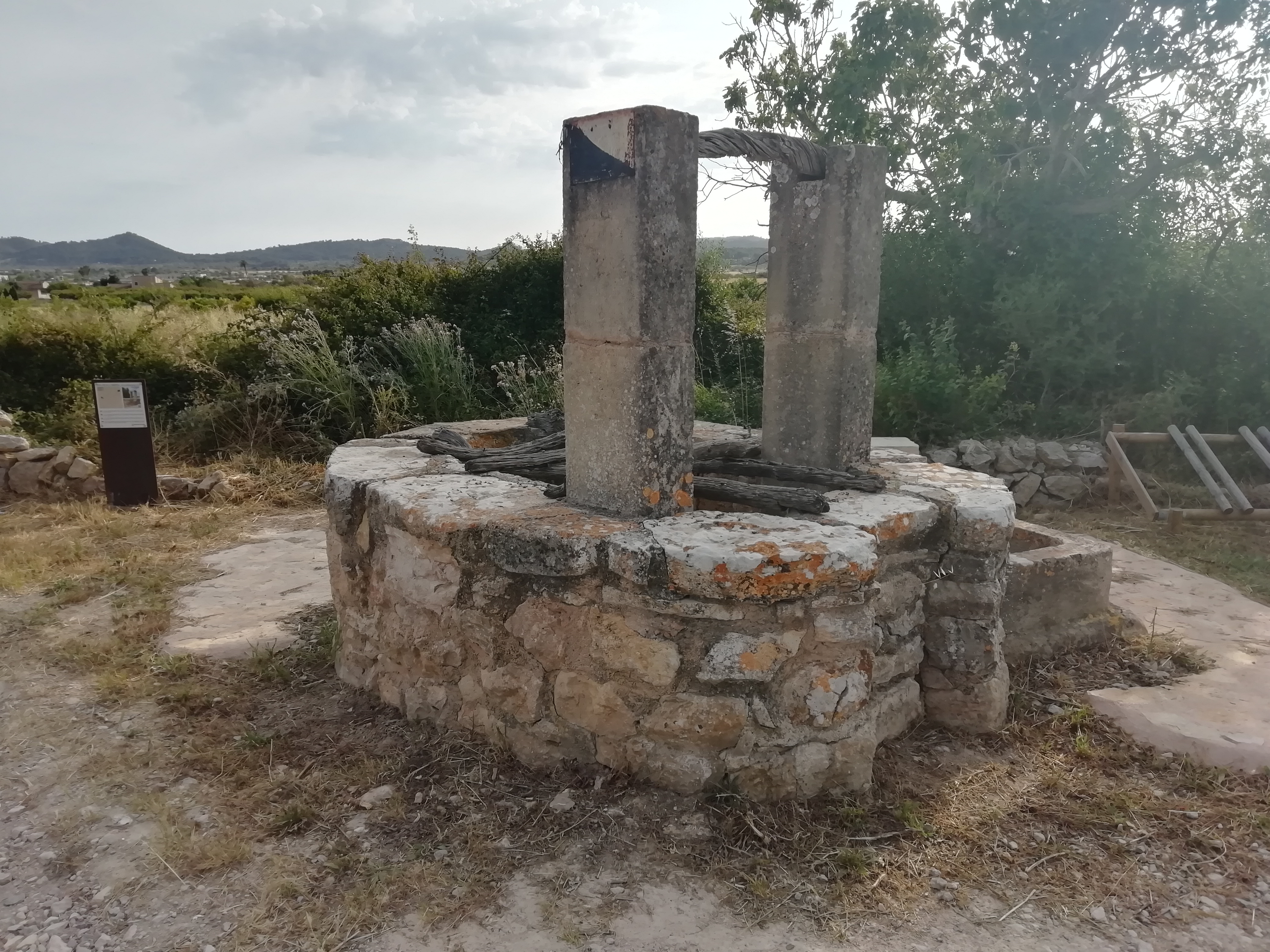
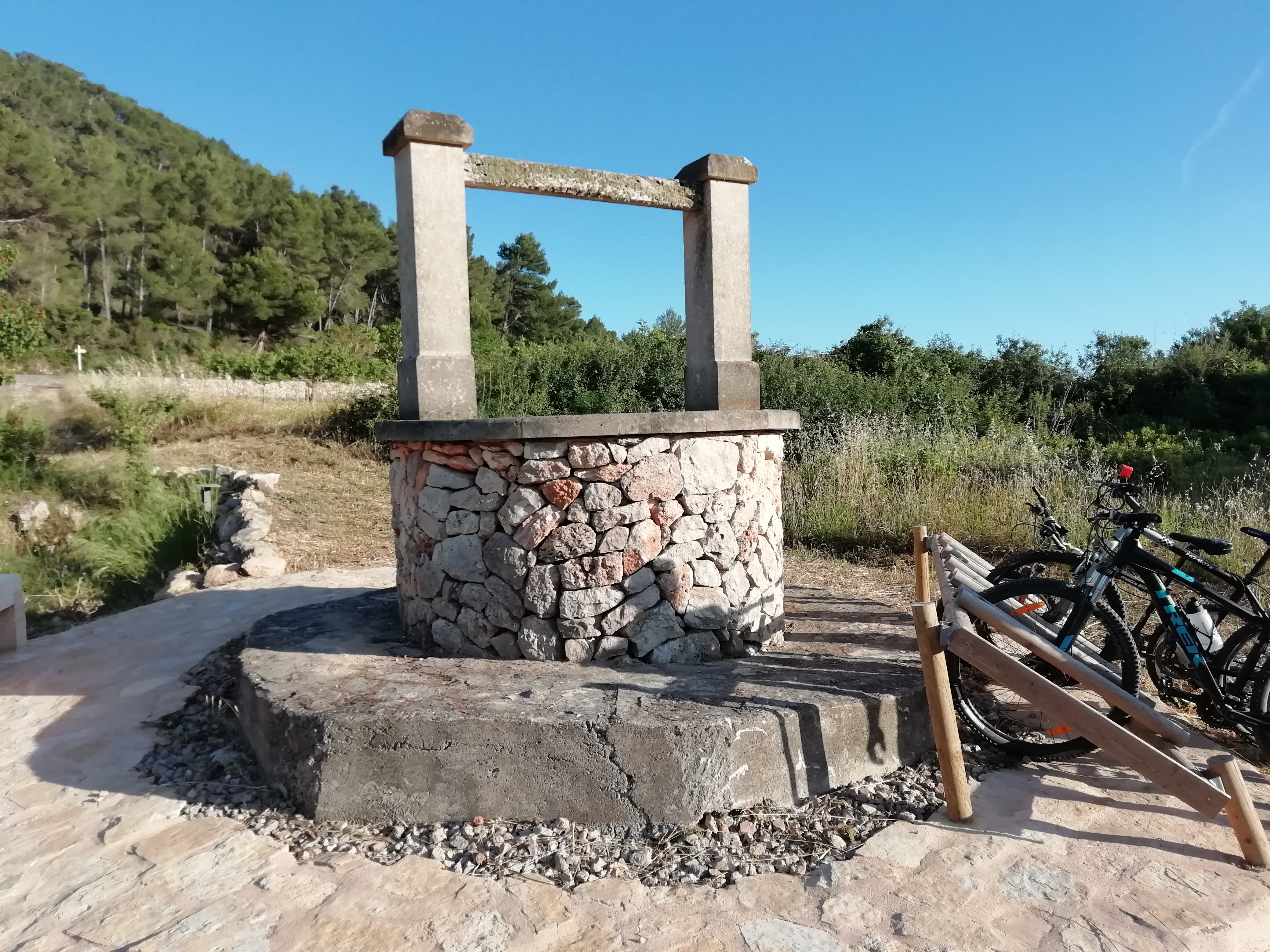
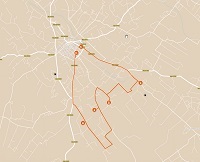
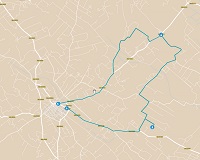

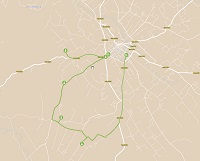
The hydraulic routes of Porreres are made up of four circular trails that follow local surrounding public pathways, offering a chance to visit the sights of various natural hydraulic features, our public groundwater wells.
These wells, essential elements for everyday country life, and the livestock of past centuries, make up a public network that was strategically spread around the rural areas of the village.
The wells have become practically unused now, but they serve to remind us of the past. During the 90’s these landmarks of our heritage were restored, thanks to the efforts of the village councillor for culture, Rafel Picornell.
According to a study carried out by the historians Maria Barceló and Bartomeu Servera (The public water wells of Porreres: heritage to be preserved), the lack of streams in the village caused the need to build these wells, generally found in the countryside, although over time many of them have eventually become part of the village as it expanded.
The oldest of the wells is Pou nou which was built in 1380 and was also the last one to be restored. From the same era, there is also Pou d’amunt (1405), which can be found built into the Escorxador building.
One of the most emblematic wells is Des pagos, which is located on the main road to Villafranca , in front of the country estate of the same name. The Pou Celat well on the main Son Mesquida road has been around since 1576; the opening of the well is closed with a grill and it has two basins at its base. Off a side road on the Felanitx road, we can find the Pou de Betlem well, which is also covered at the top.
Whether it’s by bicycle or on foot, the trail allows us to see and enjoy the wells in an almost entirely rural setting, traveling through a landscape which fights to maintain its ecological and rural value.
